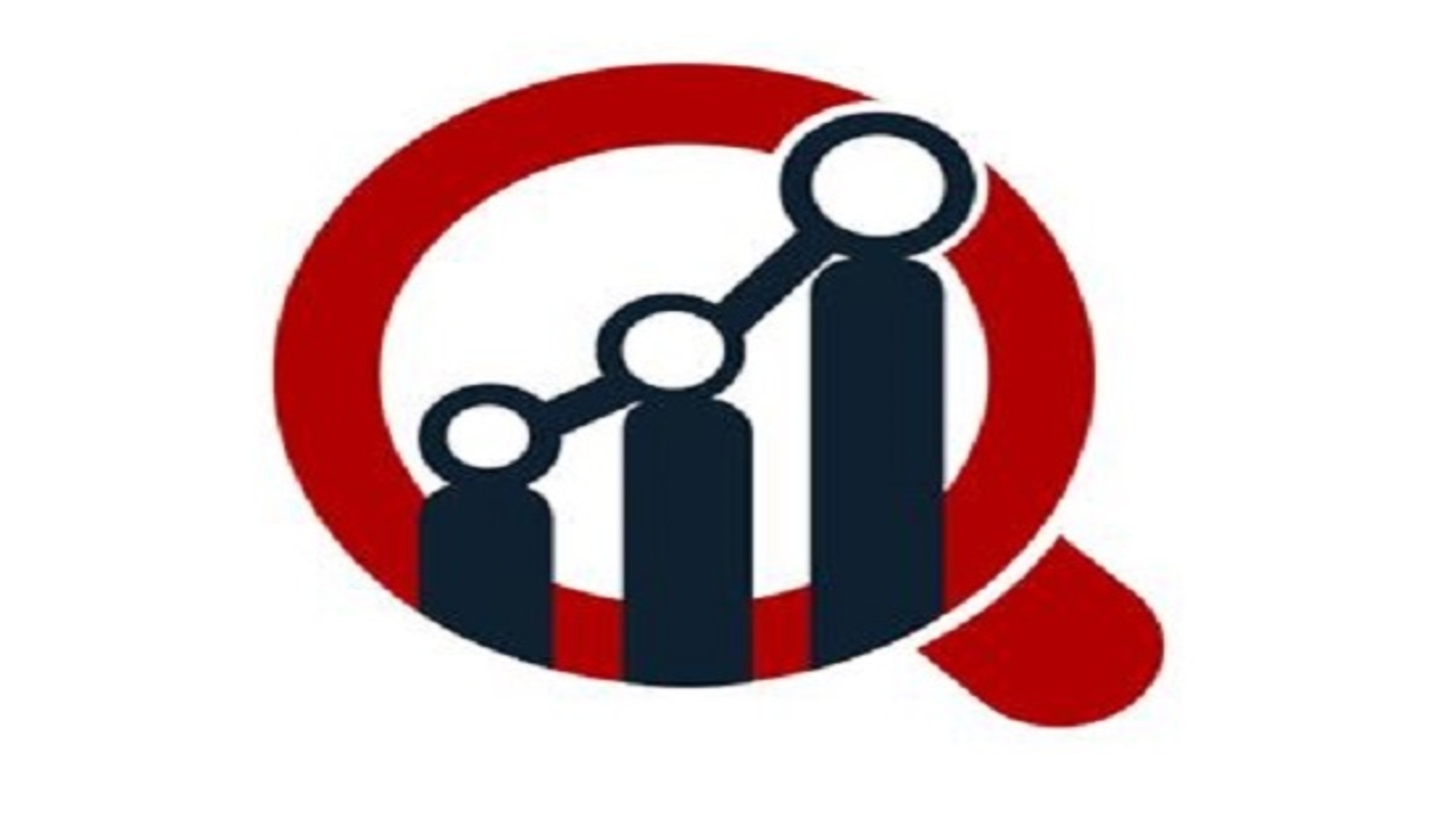In a world where the definition of family is evolving and fertility challenges are on the rise, artificial insemination is no longer just a clinical option—it’s becoming a lifestyle solution. From same-sex couples to women delaying motherhood for career goals, a diverse and growing population is turning to reproductive technology to build families on their own terms.
As a result, the Artificial Insemination Market is undergoing a transformative boom. With advancements in fertility science, increasing global infertility rates, and broader societal acceptance, this market is expected to surge significantly over the next decade.
💡 What Is Artificial Insemination?
Artificial insemination (AI) is a type of assisted reproductive technology (ART) in which sperm is introduced directly into a woman’s cervix or uterus to facilitate fertilization. It’s a less invasive, more affordable alternative to in vitro fertilization (IVF) and often used as the first line of treatment for couples or individuals experiencing fertility issues.
Methods include:
-
Intrauterine Insemination (IUI)
-
Intracervical Insemination (ICI)
-
Intratubal Insemination (ITI)
It’s not just for infertile couples anymore—single women, LGBTQ+ families, and those looking to avoid genetic diseases are increasingly exploring AI as a preferred reproductive route.
📈 What’s Driving the Market Boom?
The Artificial Insemination Market is being shaped by several powerful trends:
1. Rising Global Infertility Rates
According to the WHO, nearly 1 in 6 people globally face fertility issues during their lifetime. Factors like stress, obesity, pollution, delayed childbearing, and lifestyle habits are contributing to declining fertility rates—pushing demand for reproductive assistance.
2. Shifting Family Dynamics
The increasing acceptance of diverse family structures is fueling interest in assisted reproduction. More single mothers by choice and same-sex couples are opting for artificial insemination to grow their families.
3. Cost-Effectiveness
Compared to IVF, artificial insemination is significantly more affordable and less physically demanding, making it a more accessible option for many patients.
4. Technological Advancements
New sperm preparation techniques, genetic screening tools, and hormone-based cycle tracking are enhancing the success rates of AI procedures, giving hope to many who previously struggled with conception.
🌍 Regional Insights
-
North America leads the global market, largely due to widespread awareness, strong healthcare infrastructure, and growing social acceptance of fertility treatments.
-
Europe follows closely, with countries like the UK, France, and Spain witnessing rising demand among both domestic and cross-border fertility tourists.
-
Asia-Pacific is the fastest-growing region, propelled by expanding middle-class populations, declining fertility in countries like China and Japan, and increasing healthcare investments.
🏥 Major Players in the Market
Several companies and fertility clinics are contributing to innovation and accessibility in this space, including:
-
Vitrolife
-
CooperSurgical, Inc.
-
Ferring Pharmaceuticals
-
Genea Biomedx
-
FUJIFILM Irvine Scientific
These players are investing in research, expanding treatment networks, and enhancing patient education to meet the rising demand.
⚠️ Challenges and Considerations
While the market shows promise, it’s not without hurdles:
-
Emotional and psychological toll on patients facing repeated failures or hormonal side effects.
-
Ethical and religious objections in certain regions that limit access or acceptance.
-
Lack of regulatory consistency worldwide, especially in sperm donation laws and clinic licensing.
Still, increased awareness, insurance coverage improvements, and open dialogues around infertility are gradually lowering these barriers.
🔮 The Road Ahead
Looking forward, the Artificial Insemination Market is expected to benefit from:
-
AI-powered fertility tracking and ovulation prediction tools
-
Cryopreservation innovations allowing for better sperm and egg storage
-
Global expansion of fertility services in underserved regions
Moreover, as reproductive autonomy becomes central to modern healthcare discussions, artificial insemination is poised to play an even bigger role in shaping how—and when—people choose to start families.
✅ Final Thoughts
The future of fertility is no longer dictated by biology alone. Thanks to science and societal progress, artificial insemination is becoming a powerful, accessible tool for anyone dreaming of parenthood. As acceptance grows and technology advances, the Artificial Insemination Market is set to redefine family building for generations to come.


